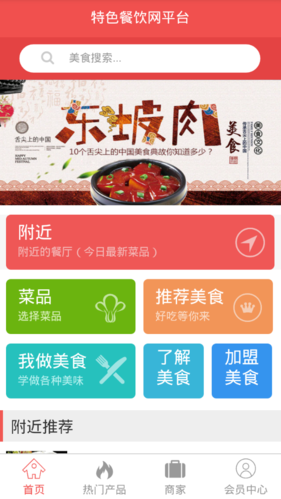Title: Guide to Designing Blockchain Architecture Documents and Videos
Blockchain technology has revolutionized various industries by offering decentralized, secure, and transparent systems. Designing blockchain architecture documents and videos is crucial for effectively communicating the technical aspects and functionalities of a blockchain project. Whether you're developing a cryptocurrency, a supply chain solution, or a decentralized application (DApp), a wellcrafted architecture document and video can streamline development, enhance collaboration, and attract stakeholders. Here's a comprehensive guide to help you create compelling blockchain architecture documents and videos.
Understanding Blockchain Architecture:
Before diving into the specifics of creating documents and videos, it's essential to grasp the fundamentals of blockchain architecture. At its core, a blockchain consists of blocks of data linked together cryptographically to form a secure and immutable ledger. Key components of blockchain architecture include:
1.
Consensus Mechanism:
Determines how nodes in the network agree on the validity of transactions. Popular consensus mechanisms include Proof of Work (PoW), Proof of Stake (PoS), and Delegated Proof of Stake (DPoS).2.
Network Topology:
Defines the structure of the blockchain network, including the roles of different nodes such as miners, validators, and users.3.
Smart Contracts:
Selfexecuting contracts with predefined rules encoded onto the blockchain. They enable automation of processes and interactions within decentralized applications.4.
Security Measures:
Techniques such as cryptography, digital signatures, and hashing algorithms ensure the integrity and confidentiality of data stored on the blockchain.Components of Blockchain Architecture Documents:
Effective blockchain architecture documents provide a comprehensive overview of the project, its technical specifications, and its implementation details. Here are essential components to include:
1.
Introduction:
Provide an overview of the project, its objectives, and the problem it aims to solve using blockchain technology.2.
Architecture Overview:
Describe the highlevel architecture of the blockchain network, including its consensus mechanism, network topology, and data structure.3.
Technical Specifications:
Detail the technical specifications of the blockchain, such as the programming languages used, supported platforms, and compatibility with existing systems.4.
Smart Contracts:
Explain the role of smart contracts in the ecosystem, including examples of use cases and their implementation details.5.
Security Measures:
Outline the security measures implemented to protect the blockchain network from attacks and vulnerabilities.6.
Scalability and Performance:
Discuss the scalability challenges faced by the blockchain network and proposed solutions to improve its performance.7.
Integration and Interoperability:
Explain how the blockchain integrates with other systems and protocols, ensuring interoperability and seamless data exchange.8.
Roadmap:
Provide a roadmap outlining the development milestones, future enhancements, and expansion plans for the project.Creating Compelling Architecture Videos:

In addition to written documents, architecture videos can be a powerful tool for conveying complex concepts in a visually engaging manner. Here's how to create compelling architecture videos for your blockchain project:
1.
Storyboarding:
Plan the content and structure of the video by creating a storyboard that outlines the key messages, visuals, and transitions.2.
Visual Elements:
Use animations, graphics, and diagrams to illustrate the concepts of blockchain architecture, making it easier for viewers to understand.3.
Narration:
Record a clear and concise narration that explains each component of the blockchain architecture, avoiding technical jargon wherever possible.4.
Demonstrations:
Include demonstrations or simulations to showcase how transactions are processed, smart contracts are executed, and consensus is reached within the blockchain network.5.
Case Studies:
Incorporate realworld case studies or examples to demonstrate the practical applications of the blockchain project and its potential impact on various industries.6.
Call to Action:
End the video with a call to action, encouraging viewers to learn more about the project, participate in the community, or contribute to its development.Conclusion:
Designing blockchain architecture documents and videos requires a deep understanding of blockchain technology and effective communication skills. By following the guidelines outlined in this guide, you can create compelling documents and videos that educate, inspire, and attract stakeholders to your blockchain project. Remember to keep the content clear, concise, and visually appealing to maximize engagement and impact.








